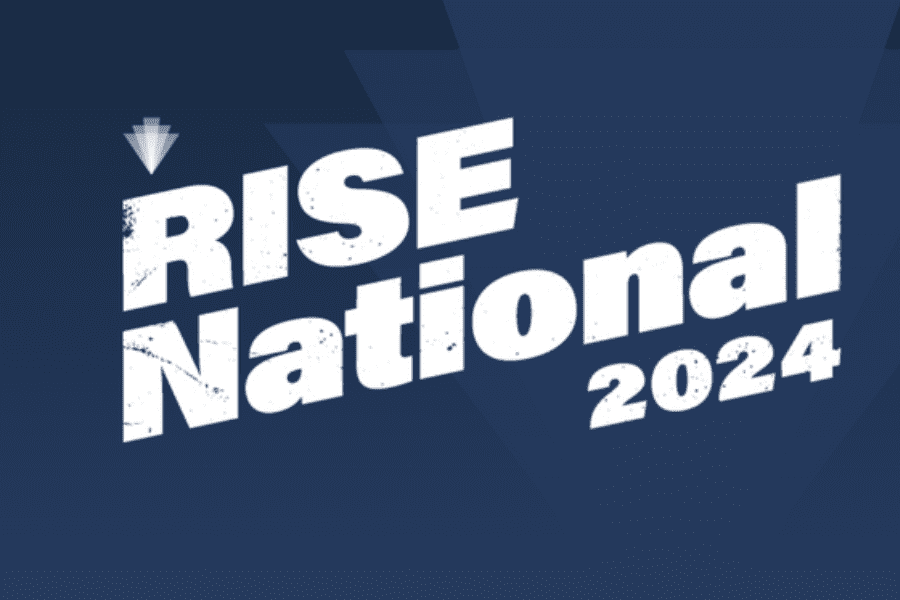
The shift to value-based care and the role of health plans to support that vision was a key theme at the recent RISE National Conference in Nashville. “We continue to hear from benefit and in-home service providers about the importance of creating value and moving the needle on outcomes,” said Dina CEO Ashish V. Shah who was at the show. He shared his four takeaways.
Using Supplemental Benefits to Create Value
Health plans are hearing the call to action from CMS to shift from member acquisition through differentiated benefits to leveraging those same benefits for savings and outcomes improvements. By offering valuable supplemental benefits that align with CMS goals, MA plans have a massive opportunity to lead the way toward better outcomes and satisfaction for their members.
CMS recently published an update on its Medicare value-based care strategy that anchors on three pillars: alignment, growth, and equity. Notably, CMS calls on Medicare Advantage (MA) plans to use supplemental benefits to improve outcomes and lean into the shift to value-based care. In fact, CMS is increasing pressure to hit its target of 100% of lives involved in some form of value-based care arrangement by 2030.
Focus on Benefit Reporting & Transparency
CMS is also advancing regulations to ensure that MA programs deliver cost-effective, high-quality care for the millions of people who rely on it. The agency is signaling heightened requirements on data sharing and reporting in order to measure how supplemental benefits are being utilized. Additionally, as the payment source, it is expected to see an impact on outcomes.
Health plans are looking for ways to work with vendors and providers to simplify these efforts and standardize compliance reporting. We’re seeing the start of progress on CY 2025 rule-making and supplemental benefit data sharing. It’s an exciting moment in time, but there’s work to do to go from early models and narrow deployments to scale-up mode, and not a lot of time to get it done.
Addressing Health-Related Social Needs
Another theme was the importance of addressing health-related social needs (HRSN) to close health equity gaps. CMS has encouraged states to help people stay connected to coverage and access needed healthcare services by addressing unmet HRSN.

This creates a new pathway for states to finance HRSN services through managed care, and an opportunity to leverage community-based organizations to coordinate with state and local agencies. Going forward, we’ll keep an eye on how HRSN initiatives are funded, implemented, and measured in terms of the impact on health outcomes and Medicaid spending. We’ll track how health plans are reporting value and how that impacts other benefits and services they may offer, or considering offering, to continue to meet the needs of their membership.
Incorporating Social Needs into Value-Based Models
CMS wants all Medicare lives in some form of a value-based care arrangement by 2030. A majority of MA plans and providers will be paid for identifying and closing gaps as it relates to health inequities. Addressing HRSN for Medicare beneficiaries is a great opportunity to meet that challenge, and many plans are exploring ways to use technology to identify the right populations, deliver needed services and measure satisfaction.
In addition, value-based models like ACOs are incentivized to focus resources on underserved communities and close health equity gaps. We’ve seen this in three initiatives. First, CMS is paying providers to conduct social determinants-based assessments twice a year. Next, payers are collecting more robust population data to construct better value-based networks. And lastly, organizations outside of healthcare have marketed their services to address health equity (e.g., transportation services to drive people to medical appointments, meal/grocery delivery services, home modification, etc.).
Members Expect Quick Activation of Behavioral Health Services. Does Your Plan Deliver?
In under 2 minutes, we’ll show you how easy it is to coordinate behavioral health and home-centered benefits to your members and quickly measure results.




